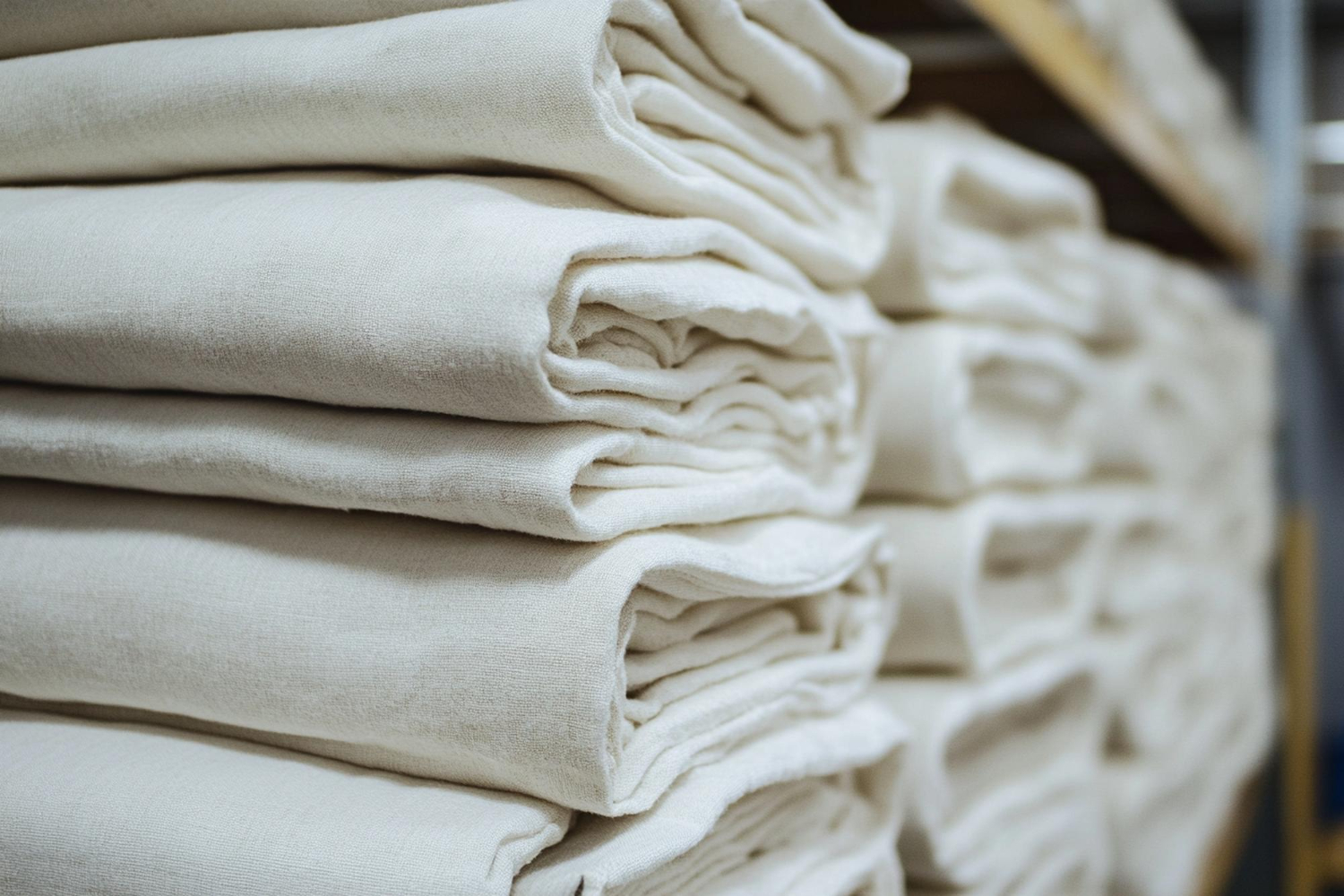Every year, when Kerala prepares to welcome King Mahabali, homes bloom with pookalams, kitchens overflow with sadya, and communities come together in celebration. But Onam is not only a harvest festival, it is also an economic event that triggers a sharp surge in textile trade and logistics. The traditional garments tied to the festival – veshti, lungi, and innerwear form a vital thread between culture, commerce, and supply chains stretching from Kerala’s markets to diaspora communities worldwide.
Tradition Woven Into Commerce
The attire worn during Onam is more than clothing, it is a statement of continuity. The whiteand-gold veshti or mundu, the casual lungi, and essential inner garments carry deep cultural symbolism. For the Malayali diaspora spread across the UAE, Sri Lanka, Nepal, and beyond, donning these garments during Onam is an act of connection to roots.
This cultural pull transforms Onam into a commercial catalyst. From June 2024 to May 2025, India exported cotton dhotis (veshtis) to 39 countries. The United Arab Emirates alone accounted for 36% of exports (688 shipments), followed by Sri Lanka at 18% (353 shipments) and Nepal at 11% (217 shipments). In total, these three markets made up nearly two-thirds of India’s dhoti exports, underscoring the diaspora’s role in sustaining traditional garment demand.
Bulk Orders Before the Festival
The weeks leading up to Onam see export activity spike. In May and June 2025, bulk orders flowed to Sri Lanka, Nepal, Mauritius, and Senegal. Individual consignments ranged from 90 to 239 veshtis per shipment, with values between $56.82 and $1,184.01. While modest in size compared to mainstream fashion exports, the scale and frequency of these orders highlight the enduring pull of seasonal demand.
For small-scale exporters, these spikes are lifelines. Many of the orders are handled not by India’s large textile giants but by manufacturers in Tirupur and Erode, who specialize in cotton-based traditional wear. The Onam season gives them guaranteed business and a chance to tap into global markets otherwise dominated by fast fashion.

Kerala’s Inter-State Sourcing Network
Domestically, Kerala traders source heavily from Tamil Nadu markets in the run-up to the festival. In 2025, demand rebounded strongly compared to previous years, with traders stocking veshtis, lungis, and innerwear in bulk. Despite the global textile sector grappling with trade volatility and US tariff pressures, Onam created a counter-seasonal surge in orders.
Here, logistics plays a crucial role. Goods flow swiftly across state borders, warehouses turn into temporary hubs, and local distribution channels adapt to the festival’s short window of demand. While there is little direct import activity for these garments, the inter-state flows between Kerala and Tamil Nadu effectively mirror cross-border trade only on a regional scale.
Global Supply Chains, Local Resilience
The Onam-driven trade tells a story of resilience. Even as international textile exports face challenges from tariff wars to supply chain bottlenecks traditional garments show stability. This is because their value lies not only in fabric but in meaning. Diaspora communities don’t simply buy veshtis or lungis; they buy heritage. And heritage consumption is less pricesensitive than fashion trends.
At the same time, practical supply chain challenges remain. Non-standardized packaging, fragmented distribution, and last-minute demand forecasting put pressure on smaller exporters. Seasonal peaks also create congestion in shipping and local trucking. Yet, the adaptability of South Indian textile hubs keeps the wheels turning.

Cultural Exports as Economic Anchors
Onam shows how festivals are not just cultural moments but economic multipliers. When millions of Malayalis worldwide celebrate, they create ripples of demand that sustain weaving clusters, energize logistics companies, and anchor regional economies. For many small and medium-sized textile producers, the Onam season provides predictable revenue streams that cushion against broader market uncertainty.
Moreover, the garments themselves reflect an evolving balance between tradition and modernity. Younger buyers may pair a classic veshti with contemporary shirts, or opt for machine-stitched versions for convenience. This interplay of tradition with adaptation ensures that the market doesn’t stagnate.
Looking Ahead: Weaving Heritage Into Global Markets
As India’s garment exports increasingly focus on scale, traditional wear remains a niche but resilient category. The Onam surge is proof that cultural consumption drives commerce differently from fashion cycles. While fast fashion is vulnerable to shifting tastes, garments tied to festivals and rituals have recurring demand.
For policymakers and trade strategists, this suggests an opportunity: strengthen the infrastructure that supports small-scale textile clusters, improve inter-state logistics efficiency, and promote cultural garments in export branding. Beyond economic value, these textiles carry India’s soft power, representing heritage stitched into every fold.

The Festival as a Supply Chain Teacher
Onam teaches that supply chains are not only about efficiency but also about meaning. A veshti worn in Kochi or Dubai is more than fabric, it’s identity in motion. For traders, exporters, and logistics planners, aligning with cultural calendars is as critical as price or inventory management.
As the world celebrates Onam 2025, the pookalams and sadya tables will rightly take center stage. But behind them lies a parallel story of cotton spun in Erode, stitched in Tirupur, packed into cartons, shipped across oceans, and worn with pride by Malayalis everywhere. Onam is not just a harvest festival. It is a reminder that culture and commerce, when woven together, can create resilient economies.




